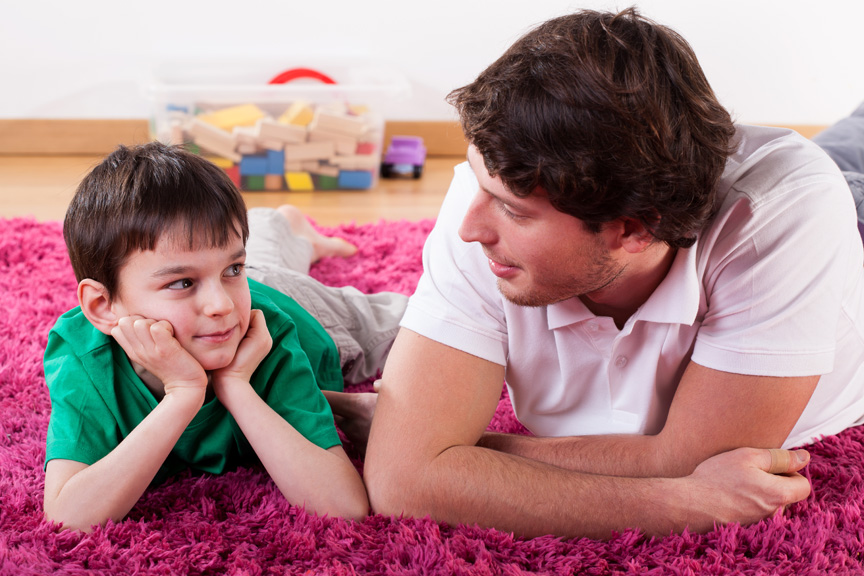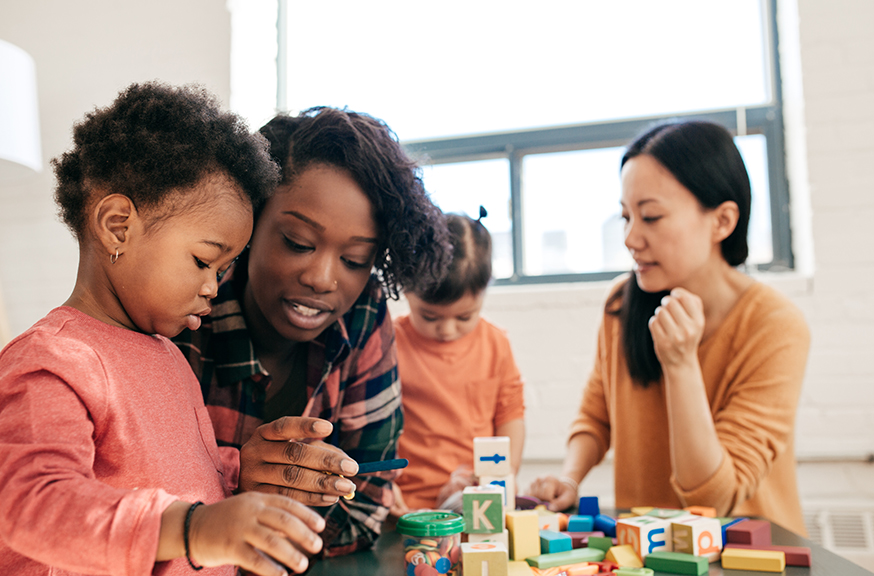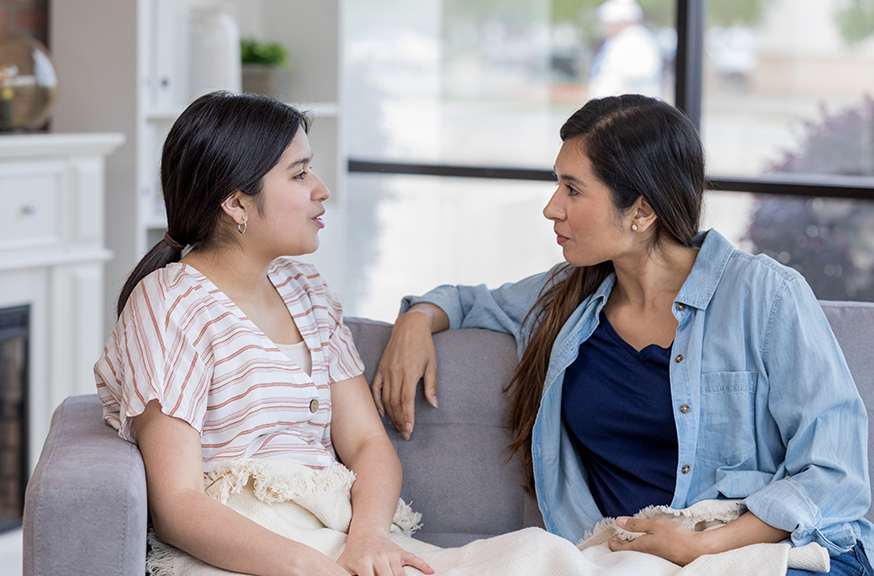Watch this video on helping kids embrace diversity, from KidsHealth.com.
Watch this video on how to talk to kids about race, from The Atlantic.
For more tips, see expert advice below.
Expert tips on talking to children about race, racism
Talking about race and racism can be hard. But in today’s world, it’s more important than ever to have these conversations with our children. In a special blog series published in EveryParentPBC.org, Dr. Danniella Jones, a psychologist with the Palm Beach County Youth Services Department, helps parents navigate these difficult topics.

Some tips from Dr. Jones
- Make sure to use clear, accurate, and concrete language with children. For example, instead of saying, “Some people didn’t want to eat with other people because of their skin color,” you might say, “white people made rules that Black people could not eat in the same restaurants, which was unfair.” Information should be developmentally appropriate, but not “watered down” or sugar-coated.
- Remember that not all People of Color are the same. As you learn more about racism, start learning and talking with your children about the way in which sex, gender identity, sexual orientation, language, socioeconomic status and other factors contribute to a person’s unique experiences.
- It is important to give children small doses of information at a time so that they are able to fully process what you are saying and ask questions.
- Talk to your children about the many wonderful contributions People of Color have made to science, art, academics, culture, etc. in the U.S. and in the world! Let them know about the positive work that many People of Color and white people are engaging in to try to break racism down piece by piece.
For a definitions, resources and more, sign up or log in to EveryParentPBC.org.
Expanding your child’s worldview

Children learn from what they see, which makes changing their environment a great way to expand their worldview, says Dr. Danniella Jones, a psychologist with Palm Beach County’s Youth Services Department. They are constantly exposed to messages about who in society is considered intelligent, kind, law-abiding and attractive, and who is not. As their parent, you are their first example and they are looking to you to learn how they should view and treat others. Think about who is in, and who is not in, your ‘social circle’ and what that is likely modeling for your children. If your child is white, is their dentist, pediatrician, religious leader, coach, or other adult mentor also white? Are yours? If so, think about why that is and make efforts to embrace diversity in meaningful ways.
Unfortunately, many neighborhoods and schools still are segregated by race and ethnicity. This is a legacy of racist laws and policies that determined who could live where. Thus, it likely will take a more purposeful effort as a parent to integrate racial and ethnic diversity into your children’s worlds. One way to do this is by exposing them to children’s books and other sources of media that are developmentally appropriate, representative of diversity, and emphasizes individuality and respect for differences. You might also make exposure to diverse toys, foods, languages, and music a part of their everyday life.
For a list of resources to help expand your child’s worldview, sign up or log in to EveryParentPBC.org.
Why can’t I say “I don’t see color?”
Often times when someone says, “I don’t see color,” it is an attempt to say that they view and treat everyone as equals regardless of their race and/or ethnicity. Other times, the phrase may be used to manage feelings of defensiveness or discomfort when racism is brought up by Black and Brown people. The first problem with this phrase is that it is simply not true, says Dr. Danniella Jones, a psychologist with Palm Beach County’s Youth Services Department. When someone looks at me, they cannot help but see someone who is Black. In fact, one of the first things parents teach their young children along with counting numbers and saying the alphabet is to identify different colors! While the statement, “I don’t see color,” is often well intentioned, what it really communicates is that you do not recognize a person’s lived experiences.

Black, Indigenous and People of Color have been negatively impacted by systemic and structural racism in the legal, educational, and health care systems for centuries. People of Color are losing (or are in fear of losing) their families, children, communities, and even their own lives to police brutality, structural racism and anti-blackness. Also, it is important to point out that many People of Color have pride in their racial, ethnic and cultural heritage and background. So when we “don’t see color,” we are unintentionally saying, “I don’t see you.”
For more information about talking to children about race, sign up or log in to EveryParent below.
See More Articles Like This!
The EveryParent app and website are free resources for Palm Beach County families.
For more helpful parenting info just for you, sign up for EveryParent today!
